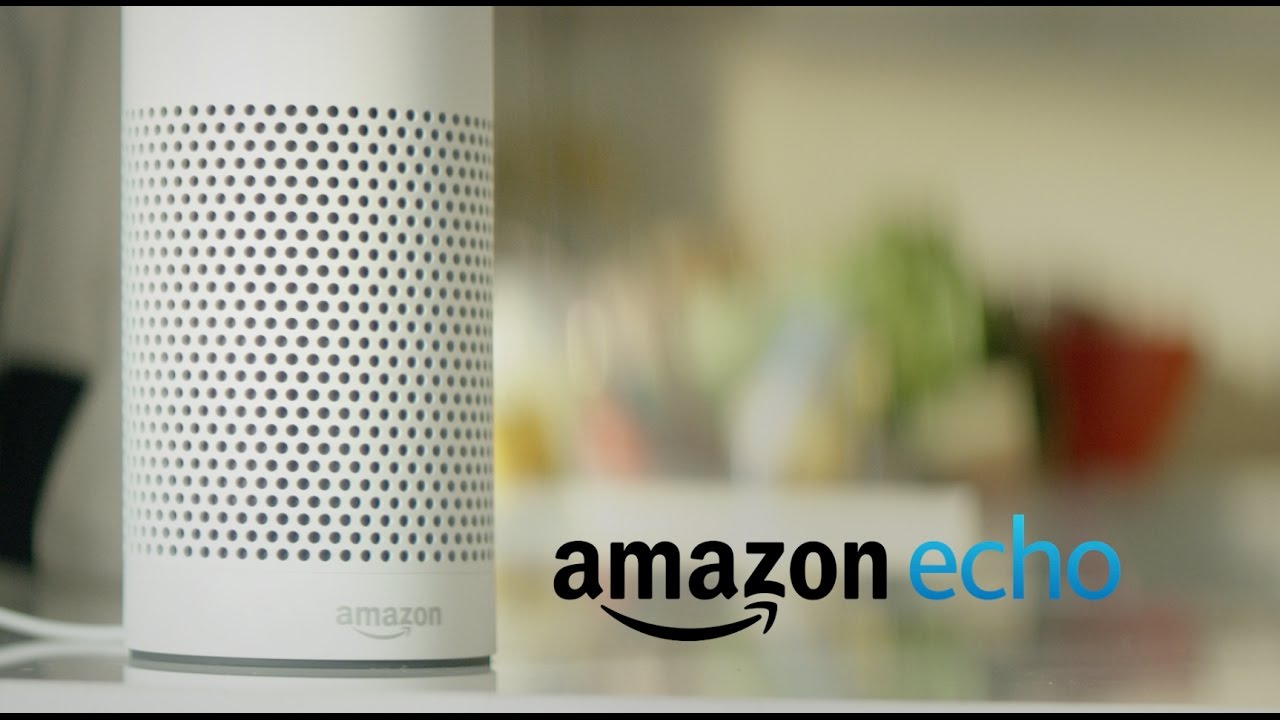Here's why shopping with Alexa may never be practical

Ever since Alexa became a household name (literally), more studies are being conducted to identify how consumers are engaging with the smart device, more specifically voice-activated shopping. As people have less time these days to shop and keep track of tasks, one would think that the simplicity of ordering something by voice could have an impact on your daily life; however, that doesn’t necessarily seem to be the case, not yet at least.
According to a recent study by The Information, there are approximately 50 million Alexa-enabled devices in the homes of consumers, however, a mere 2% of those people have actually used Alexa to order something in 2018. For a smart device that boasts its voice-activated ordering feature as if it were the only way to shop, why is this number so low? To add insult to injury, a whopping 90% of people who did actually buy something using Alexa, they never tried again. Ouch.
Shopping with Alexa vs Dash button vs Amazon.com
Although I don’t personally own an Alexa device, I can understand why some people might shy away from using the digital assistant to place orders with only their voice. Unless you’re simply using Alexa for repeat purchases, such as a specific brand of cat treats, I imagine the lack of a visual component would make the shopping experience a bit unattractive. If you’re just ordering the same item over and over, why not just use a Dash button to get the job done? Maybe that just me.
Shopping for something as basic as socks can be hit-or-miss even on Amazon’s own website. Not only are there hundreds of brands and an array of styles like no-show, ankle socks, moisture-wicking, and tube socks, making a decision even with pictures can sometimes lead to a regrettable purchase.
Does it make sense to use Alexa to shop? If you’re just ordering the same item over and over, why not just use a Dash button to get the job done?
Click to Tweet
For example, I recently ordered my husband some new socks via the Amazon website. He is very picky about the type of socks he wears so I picked a few different styles and he made the ultimate decision based on the images and perceived quality. When we received them, they looked much like the socks we thought we ordered except they were more like tube socks than ankle socks. We went back to the product page thinking we were mistaken and as it turns out, the images were completely misleading. With all the time and research we put into ordering a pack of socks, it was a poor experience overall.
If shopping on the Amazon website can be this frustrating, I can’t imagine the frustration of trying to order something as mundane as socks while trying to describe the item and not having any imagery to compare it to.
Shopping with Alexa may never be practical
There’s no disputing that Amazon Alexa has incredibly huge potential, which is why companies are trying to take advantage of the Alexa-era by creating “skills” or phrases that can be programmed onto the device to improve the feature set and functionality, including when it comes to the shopping experience.
Now, I discussed socks earlier, but what about ordering pizza through Alexa? Pizza is something millions of people order every day, often times over the phone, using you guessed it, their voice. However, a quick look at Amazon’s Alexa Skills page for Dominos shows an Alexa Skill with just a 2.5 star rating (with 235 ratings at the present time). The Pizza Hut skill is even worse, with only 2 stars (out of 189 ratings).
The frequent occurrences that appear in the reviews for these apps: “the phone app is better,” “great concept,” “needs work.”
The problem is with shopping via voice is there are way too many possibilities. From types of products, to custom orders (even for things like pizza), to not being able to see what you’re ordering–all these things are major obstacles in the way of turning Alexa into a full-blown virtual shopping assistant. And to be honest, even if it Alexa had incredible AI that could literally have a conversation with you like a human, you’re still probably better off (time wise) just pressing a [Dash] button and/or quickly searching (either voice or typed) for a product, identifying it, and placing the order.
Going back to the report by The Information, only the 1 million people (or 2% of Alexa device owners), have made a purchase via Alexa in 2018. And again, 90% of those people did so only once. Perhaps the novelty of voice-activated shopping wore off after the first attempt or maybe it just wasn’t practical for most items or both. While it’s still early days in this space, I’m going to go out on a limb and say I just don’t see shopping with Alexa becoming a really popular thing to do.